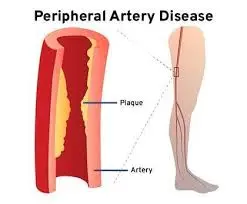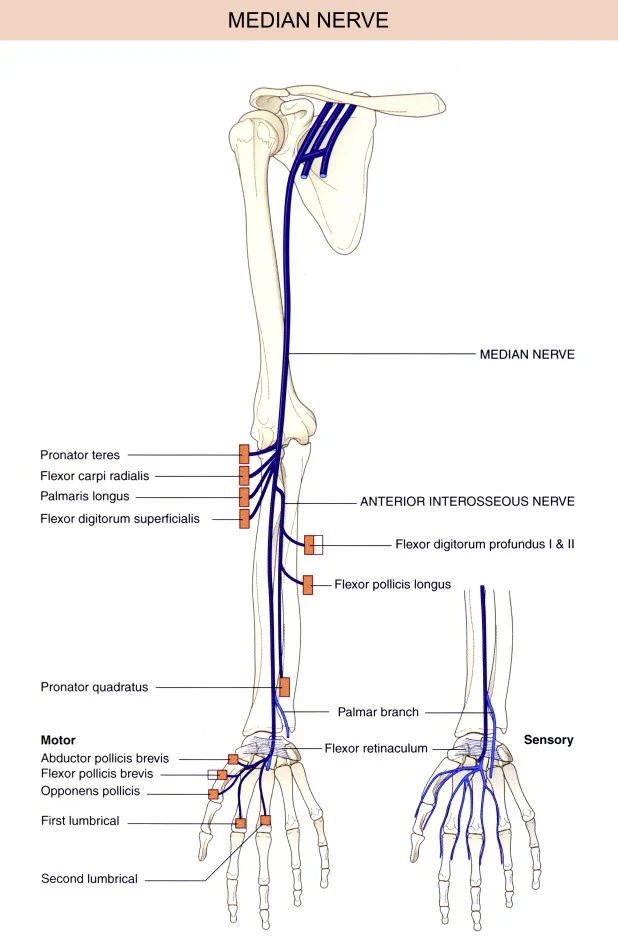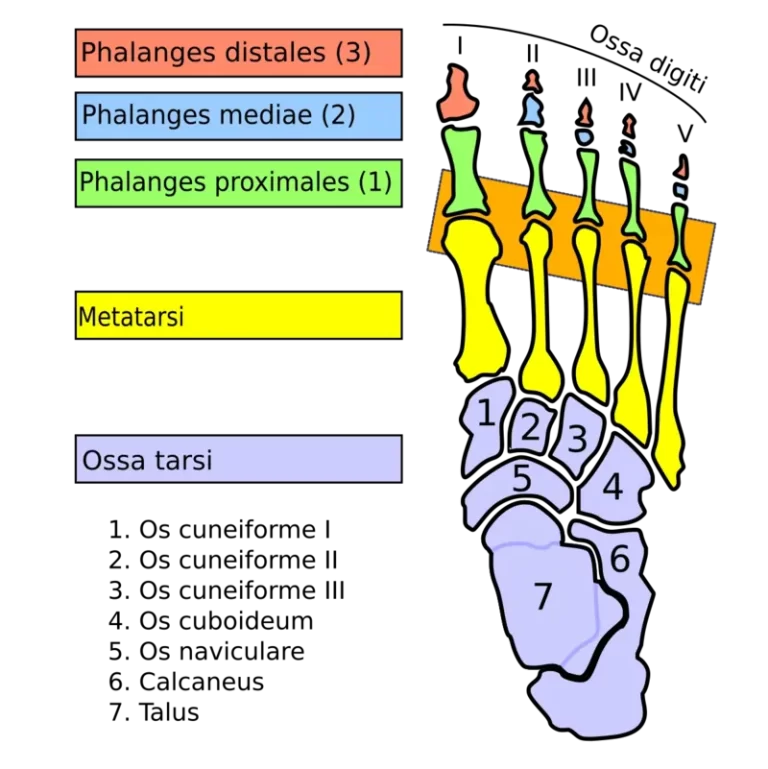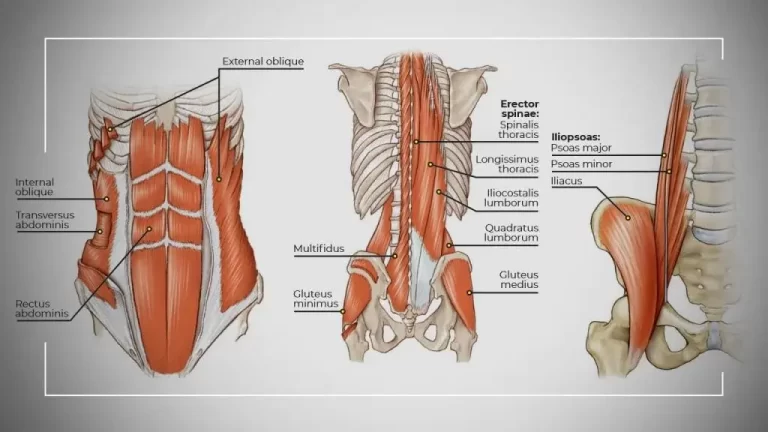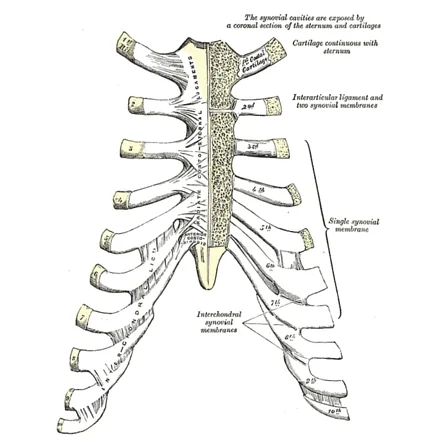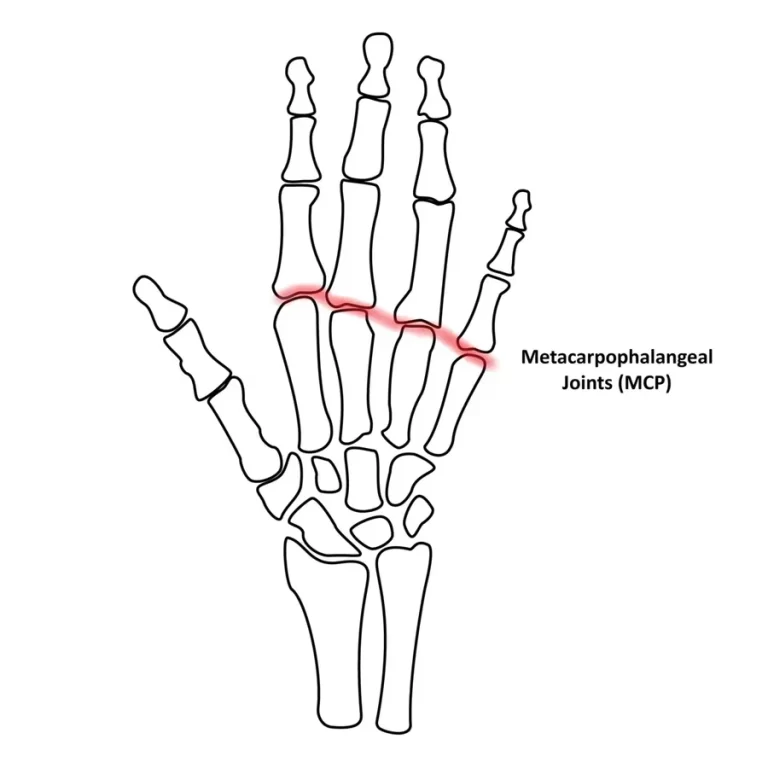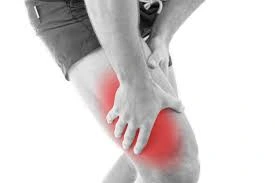Peripheral Artery Diseases (PAD)
Peripheral artery disease is characterized by a narrowing of the vessels that transport blood from the heart to different areas of the body. The most prevalent kind, The condition known as peripheral artery disease is characterized by a narrowing of the vessels that transport blood from the heart to different areas of the body. The…

